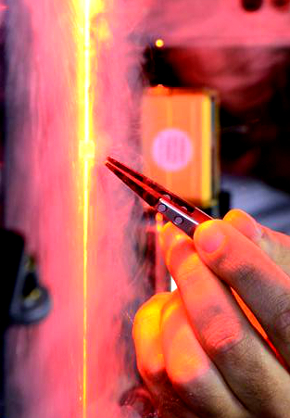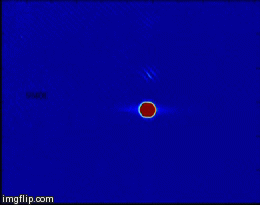Atoms smashed as NZ physics gets cooler

The research from the University of Otago will help better understand the mysterious ways atoms interact at temperatures of less than a millionth of a degree above absolute zero.
The development was made possible by the use of recently-developed ‘optical tweezers’, which use a combination of lasers and sound waves to move objects in three dimensions.
“This sort of precise control of these atoms is like being able to pull a delicate snowflake into two clean halves with your bare hands. It's quite remarkable that we are able to manipulate such minute and fragile samples while moving them such a comparatively large distance,” researcher Dr Niels Kjaergaard says.
In their latest experiment, the team used the tweezers to split a single ultracold cloud of rubidium atoms sequentially into 32 daughter clouds, spreading them out over nearly half a centimetre.
The setup involved steering horizontal and vertical laser beams around through with precisely controlled travelling acoustic waves. The steerable laser beams confine and move the atoms. As well as splitting atom clouds, the system allows them to be smashed in collision.
“Tongue-in-cheek, we like to refer to our setup as the ‘Littlest Hadron Collider’. In some ways it's the complete opposite of what is the world's largest and most powerful particle collider, because instead of using extreme acceleration, we smash our atom clouds together at a pedestrian pace of up to a metre per second,” Kjaergaard says.









 Print
Print